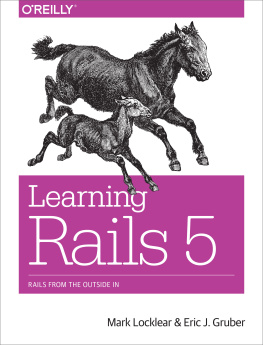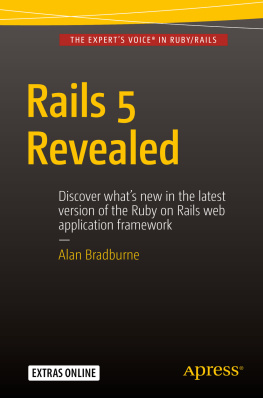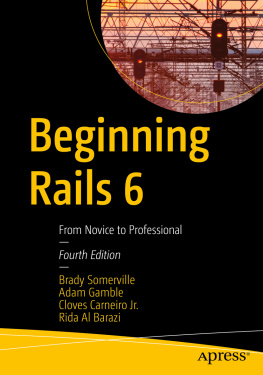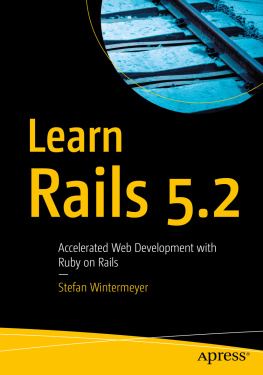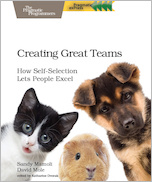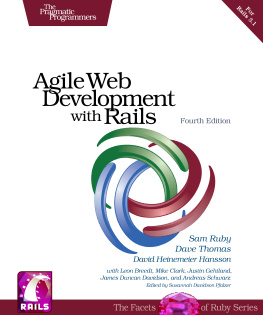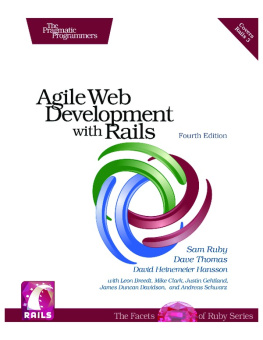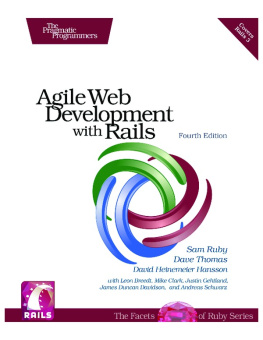Brad Ediger - Advanced Rails: Building Industrial-Strength Web Apps in Record Time
Here you can read online Brad Ediger - Advanced Rails: Building Industrial-Strength Web Apps in Record Time full text of the book (entire story) in english for free. Download pdf and epub, get meaning, cover and reviews about this ebook. year: 2007, publisher: OReilly Media, genre: Computer. Description of the work, (preface) as well as reviews are available. Best literature library LitArk.com created for fans of good reading and offers a wide selection of genres:
Romance novel
Science fiction
Adventure
Detective
Science
History
Home and family
Prose
Art
Politics
Computer
Non-fiction
Religion
Business
Children
Humor
Choose a favorite category and find really read worthwhile books. Enjoy immersion in the world of imagination, feel the emotions of the characters or learn something new for yourself, make an fascinating discovery.
- Book:Advanced Rails: Building Industrial-Strength Web Apps in Record Time
- Author:
- Publisher:OReilly Media
- Genre:
- Year:2007
- Rating:5 / 5
- Favourites:Add to favourites
- Your mark:
Advanced Rails: Building Industrial-Strength Web Apps in Record Time: summary, description and annotation
We offer to read an annotation, description, summary or preface (depends on what the author of the book "Advanced Rails: Building Industrial-Strength Web Apps in Record Time" wrote himself). If you haven't found the necessary information about the book — write in the comments, we will try to find it.
Ready to go to the next level with Rails? From examining the parts of Ruby that make this framework possible to deploying large Rails applications, Advanced Rails offers you an in-depth look at techniques for dealing with databases, security, performance, web services and much more.
Chapters in this book help you understand not only the tricks and techniques used within the Rails framework itself, but also how to make use of ideas borrowed from other programming paradigms. Advanced Rails pays particular attention to building applications that scale -- whether scale means handling more users, or working with a bigger and more complex database. Youll find plenty of examples and code samples that explain:
- Aspects of Ruby that are often confusing or misunderstood
- Metaprogramming
- How to develop Rails plug-ins
- Different database management systems
- Advanced database features, including triggers, rules, and stored procedures
- How to connect to multiple databases
- When to use the Active Support library for generic, reusable functions
- Security principles for web application design, and security issues endemic to the Web
- When and when not to optimize performance
- Why version control and issue tracking systems are essential to any large or long-lived Rails project
Brad Ediger: author's other books
Who wrote Advanced Rails: Building Industrial-Strength Web Apps in Record Time? Find out the surname, the name of the author of the book and a list of all author's works by series.



